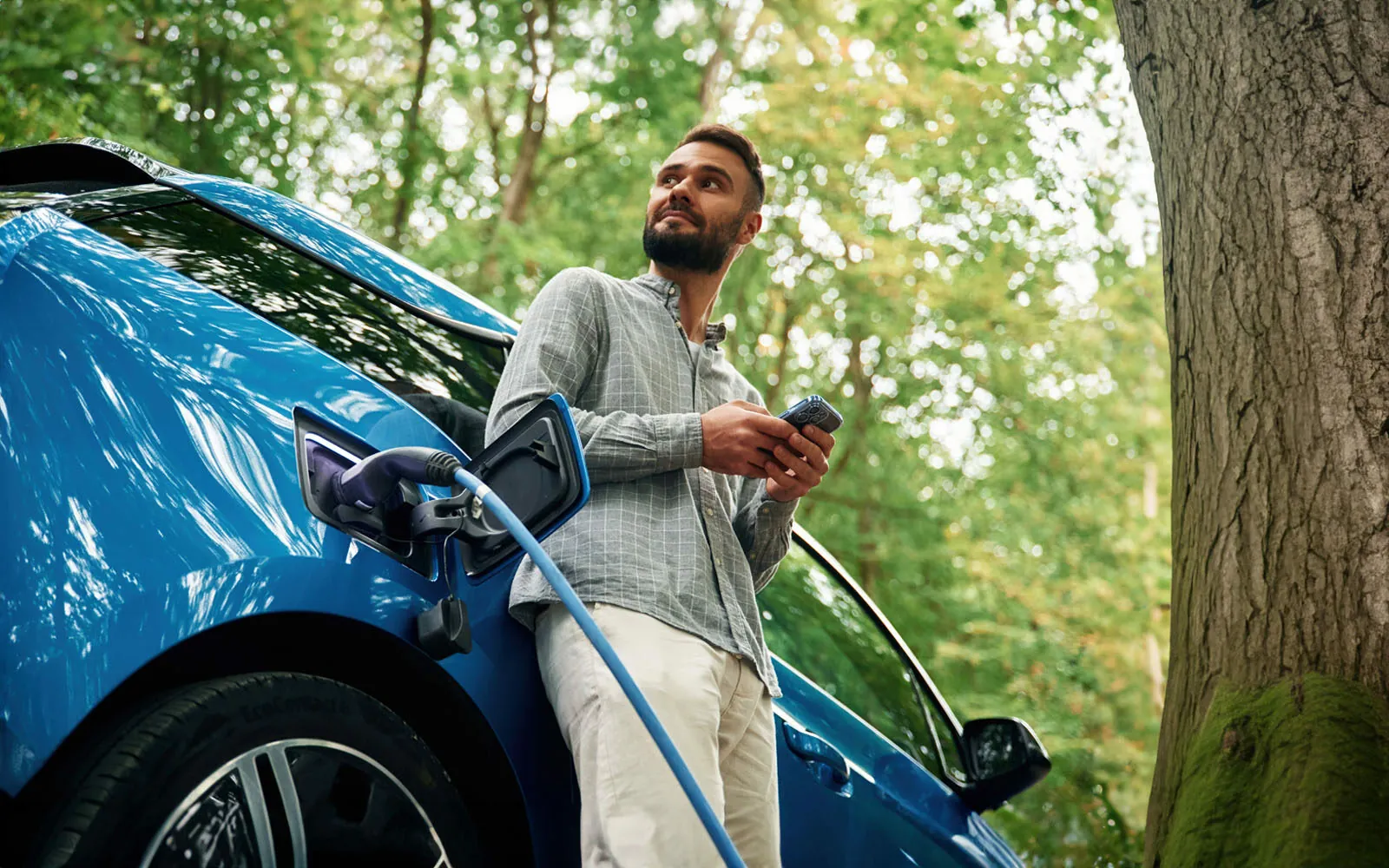The path towards greener deliveries
November 14, 2023

November 14, 2023

⏰ Estimated reading time: 4 minutes
Do you want to make the transport and delivery of parcels more sustainable as a webshop? Then a lot more is possible today than just a few years ago. Developments are moving at lightning speed and we also have more and more insight into the effectiveness of the various measures. There is no doubt for us that sustainability is necessary. On the one hand, because the government expects this from us as an industry, but also because customers and employees are increasingly consciously choosing companies that have sustainability visibly on the agenda.
You can read more about this in the longread about sustainability within e-commerce. We see opportunities throughout the process. In this blog, we only focus on the subtopic of ‘transport and delivery’ and how it can be done (even) more sustainably.
First of all, the government expects it from us: for example, the Ministries of Infrastructure and the Environment and Economic Affairs agreed in 2015 that CO2, NOx, particulate matter and noise emissions from city logistics must be reduced to virtually zero by 2025. Meanwhile, 29 municipalities have already indicated that they will introduce a zero-emission zone from 2025 and more are expected to follow. And yes: that includes ‘our’ delivery vans.
In addition, customers and employees are increasingly consciously choosing companies that visibly pay attention to sustainability. You can read more about this in our longread on sustainability.
More sustainable delivery starts during the ordering process. Research by Thuiswinkel.org shows that customers are twice as likely to opt for a more sustainable delivery time when you make a number of small changes during the checkout. Think, for example, of ticking the most sustainable delivery time by default and placing a ‘green’ icon (such as a leaf). In particular, bundling the various interventions resulted in more sustainable delivery choices. It is important to note that offering these options did not have a negative impact on the conversion rate.
Make sure that sustainable packaging fits well – and not too large – so that there are no vans with boxes full of air driving around. Research shows that this is also a wish of our customers: more than three-quarters of customers experience frustration when the packaging material does not match the size and type of product.
More and more companies are opting for electric parcel delivery. Almost all major parcel delivery companies now offer CO2 neutral delivery in this way. The 2 most commonly used vehicles for -almost- CO2 neutral delivery are electric vans and LEFVs (light electric freight vehicles).
The smaller the number of driving movements, the smaller the CO2 emissions. For this reason, having parcels delivered to the front door by delivery vans is more environmentally friendly than when each customer picks up his or her parcel(s) individually by car at a parcel point. Having it delivered to a parcel point is often seen as a sustainable option, but whether this is actually the case is closely related to how the customer travels the last few kilometre(s). Only when customers pick up the parcels by bike or on foot at the parcel point, is this actually the most sustainable option.
In addition to informing customers about this (see our first point about the sustainable checkout), it helps if there is an intricate network of pick-up points. These can be traditional parcel points in shops, but also, for example, special parcel lockers at strategic locations in the neighbourhood that customers can open themselves with a QR code. The smaller the distance between the customer and the parcel point, the greater the chance that they will choose to walk or cycle.
How can things get even better in the future? At the moment, we expect a lot from the progress and scalability of intelligent, data-driven software, which will make transport even more efficient and therefore more environmentally friendly. Within valantic, we continue to monitor developments in the sustainable delivery of parcels. At the same time, we also think it is important to start from the possibilities today: how can we do better now than yesterday?
Of course, there is much more to tell about sustainable delivery. Would you like to exchange ideas about this? Please feel free to contact us and we will schedule an appointment.
Don't miss a thing.
Subscribe to our latest blog articles.